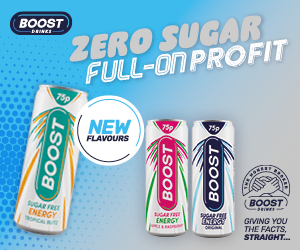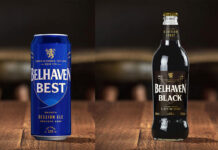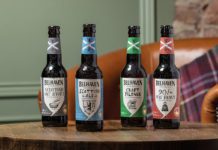C-stores could do more with the category
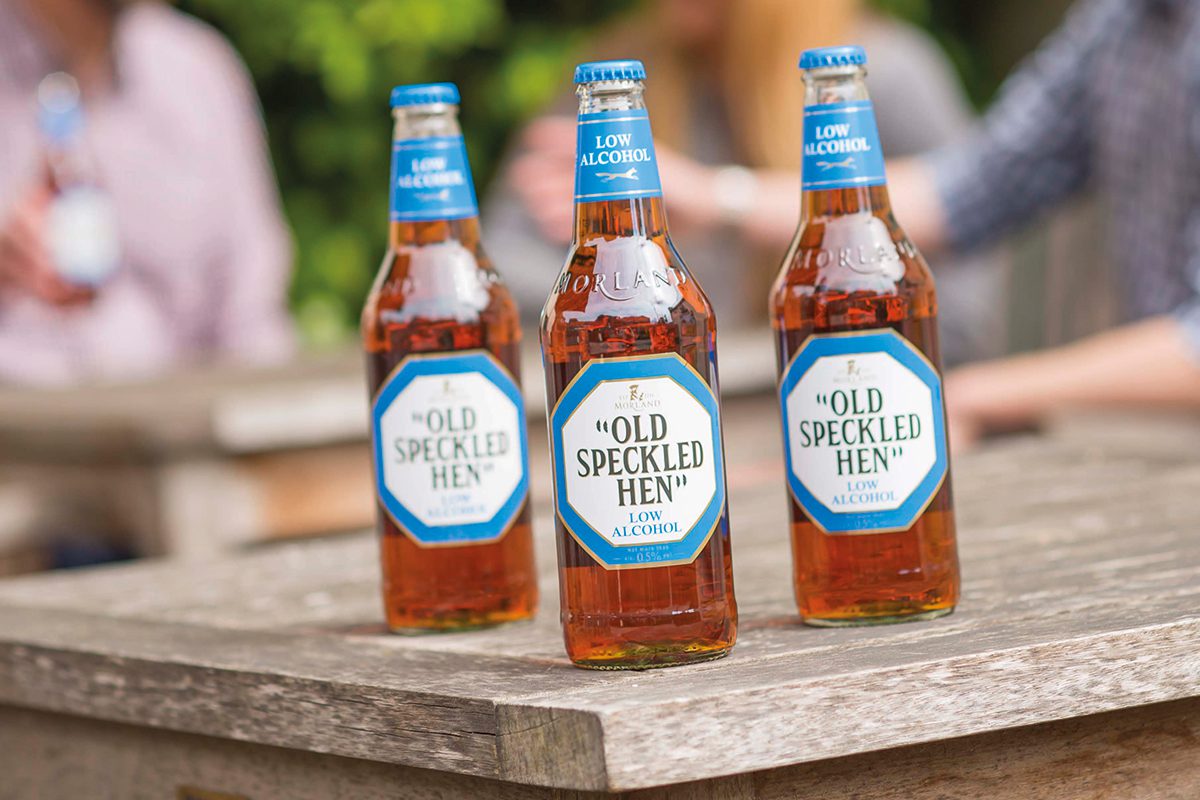
WITH the craft beer revolution showing no signs of waning, customers are becoming more adventurous in the products that they purchase.
But while some c-stores have cottoned on to the popularity of niche beers, there is still a way to go when it comes to the ale category.
That’s the view of Richard Honey, sales director for off trade at Greene King and Belhaven.
He said that “ale is a really important category in Scotland, yet continues to have a low share of space in store.
“Retailers should make sure the beer range is balanced between top selling ale and lager brands.”
When it comes to merchandising ale in store, Honey also had some advice for retailers that may go against the grain of contemporary wisdom.
Ale traditionally under-trades in the convenience market, and so it’s important that retailers in this channel stock a good range of ale brands.
“The concept that ale should be sold ambient as it is drunk at room temperature is out of date.
“We know that 80% of consumers store and drink their ale chilled,” he said.
And while some may associate ale with historic pubs in the English countryside, Honey noted that in fact, the category has better fortunes north of the border.
“Ale continues to perform better in Scotland than in England and Wales, with value growth at 4.4% moving annual turnover.”
“Within this both craft and traditional canned ale is driving the growth. Retailers should ensure they stock best sellers including Old Speckled Hen and Belhaven Best to maximise sales.
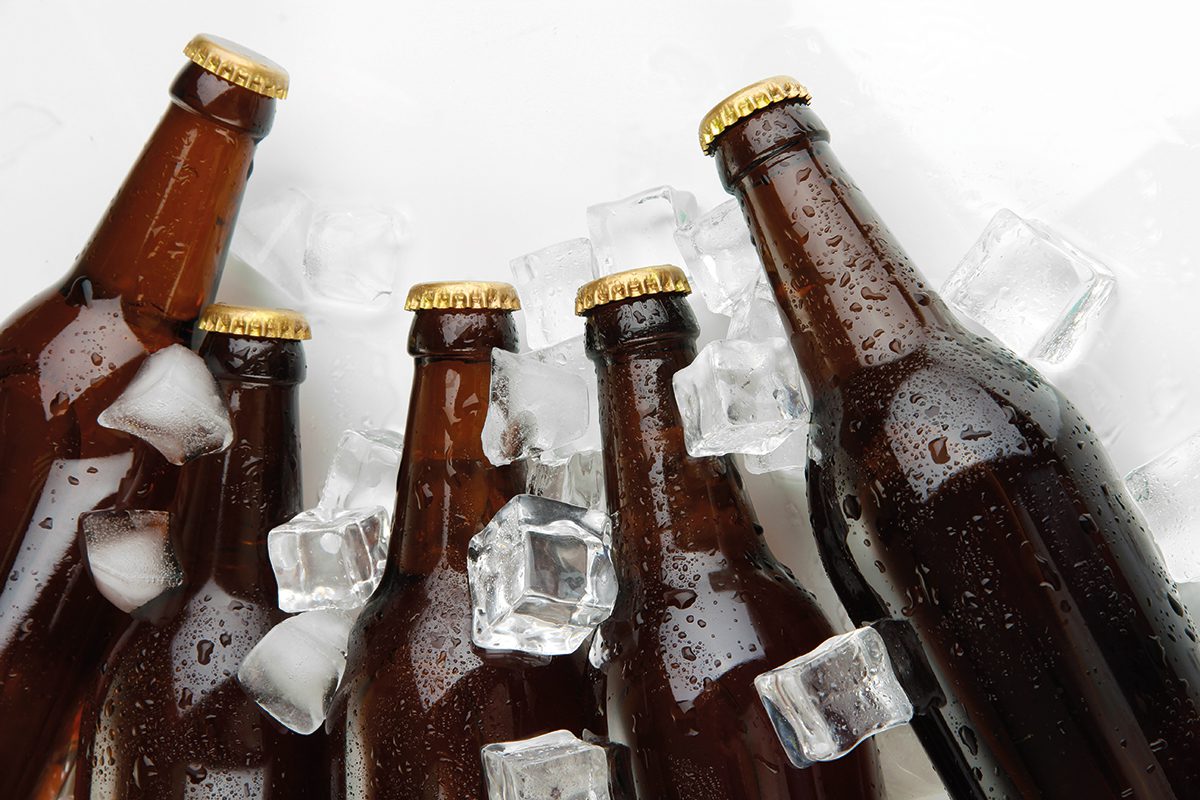
“Also, ale traditionally under- trades in the convenience market, and so it’s important that retailers in this channel stock a good range of ale brands in addition to top selling lager brands to maximise the opportunity,” he said.
Ale doesn’t need to be big on ABV either, as Honey also stressed that no and low-alcohol products present retailers with a “real area of opportunity.”
“In a limited range environment like convenience, retailers need to manage a tight range of products, but at the same time they must stay current with growing consumer trends.
“All the macro trends on wellness and moderation suggest that no and low alcohol will continue to grow quickly.
Retailers that don’t meet this consumer need are gifting sales to the competition that does,” he said.




